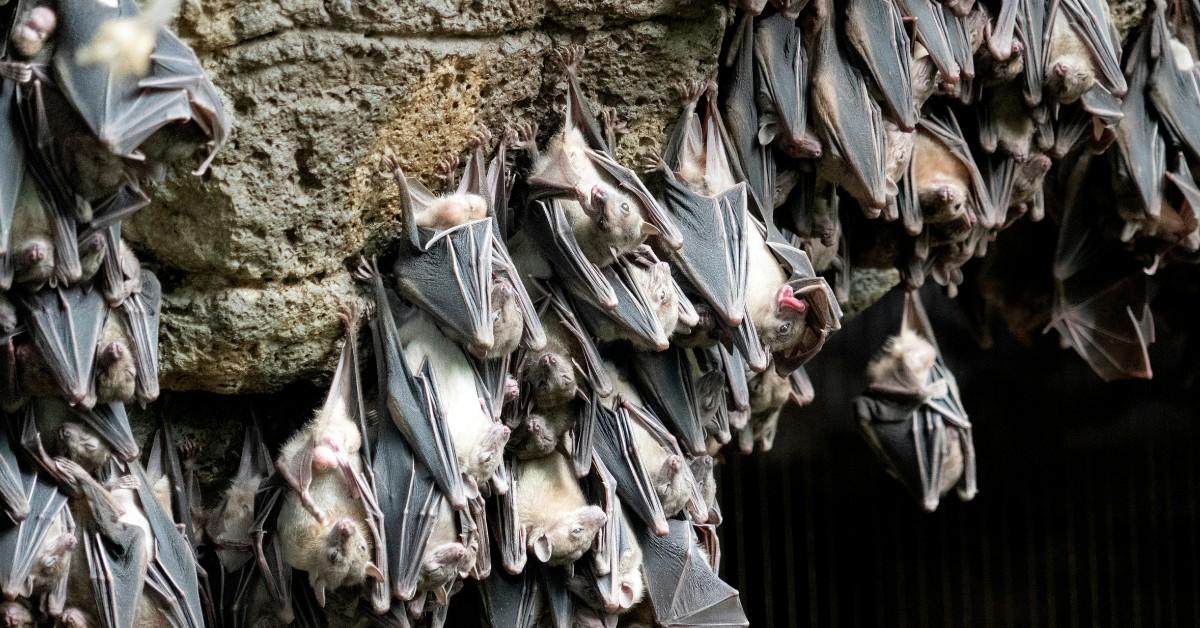What We Know About the Deadly Nipah Virus — Is It the Next COVID-19?
People say the virus originated with bats.
Published July 3 2025, 2:38 p.m. ET

While the world dealt with the fallout from viruses like COVID-19 and the bird flu, another virus was quietly lurking in the background. Although the Nipa virus may not be a household name yet, some are wondering whether or not the illness is actually real.
That's partially because the details about the virus are scary-sounding, especially the numbers around fatality rates.
But, just because something sounds too terrifying to be real, doesn't mean that it isn't.
Find out what you need to know about the Nipah virus below, including what the symptoms look like in case you encounter the illness.

Is the Nipah virus real?
Yes, the Nipah virus is real, and it appears to have come onto the radar of the World Health Organization (WHO) during a 1999 outbreak in Malaysia. The outbreak began among some pig farmers.
Next, it was reported in Bangladesh in 2001. Since then, Bangladesh has seen almost annual resurgences of the virus, and it's been reported occasionally in eastern India as well.
While it was original detected amongst pig farmers, WHO says that it has also been found in several animals, most notably bat species in Thailand, Cambodia, the Philippines, Indonesia, and Madagascar. The virus has been described as zoonotic, which means it can be transmitted between animals and humans, through human-to-human interactions, and in contaminated food sources as well.
WHO says that it's a fairly deadly virus, and the fatality rate has been listed at somewhere between 40 to 75 percent. That rate can vary depending on the region, type of outbreak, and medical care available in the area.
What are the symptoms of the Nipah virus?
The Nipah virus can cause a variety of illnesses, including encephalitis and respiratory illness. Some people can also be asymptomatic after coming into contact with the virus, which means that they do not suffer from symptoms but can carry and spread the virus to others.
According to the U.S. Centers for Disease Control and Prevention, some of the symptoms of the virus include:
- Muscle pain
- Vomiting
- Sore throat
- Fever
- Headache
These symptoms can vary in severity, and those with more severe cases may also experience drowsiness, dizziness, and neurological complications associated with encephalitis.
Those who are experiencing respiratory issues have also reported respiratory distress as a result of the illness. There are currently no known cures for the virus.
Is the Nipah virus in the U.S.?
While this may sound terrifying, there is good news. There haven't been many outbreaks in recent history, and those that have occurred seem to have taken place in isolated areas outside the U.S. As of the time of publication, there were no active cases of Nipah in the U.S.
Of course, the world watched as a virus traveled around the world in 2019, stopping time and causing massive lockdowns in countries both big and small.
We've now seen firsthand how easily something can spread from place to place, especially in areas where tracking and preventative measures aren't a top priority.
That being said, it doesn't sound like any experts are sounding the alarm about a potential U.S. outbreak.